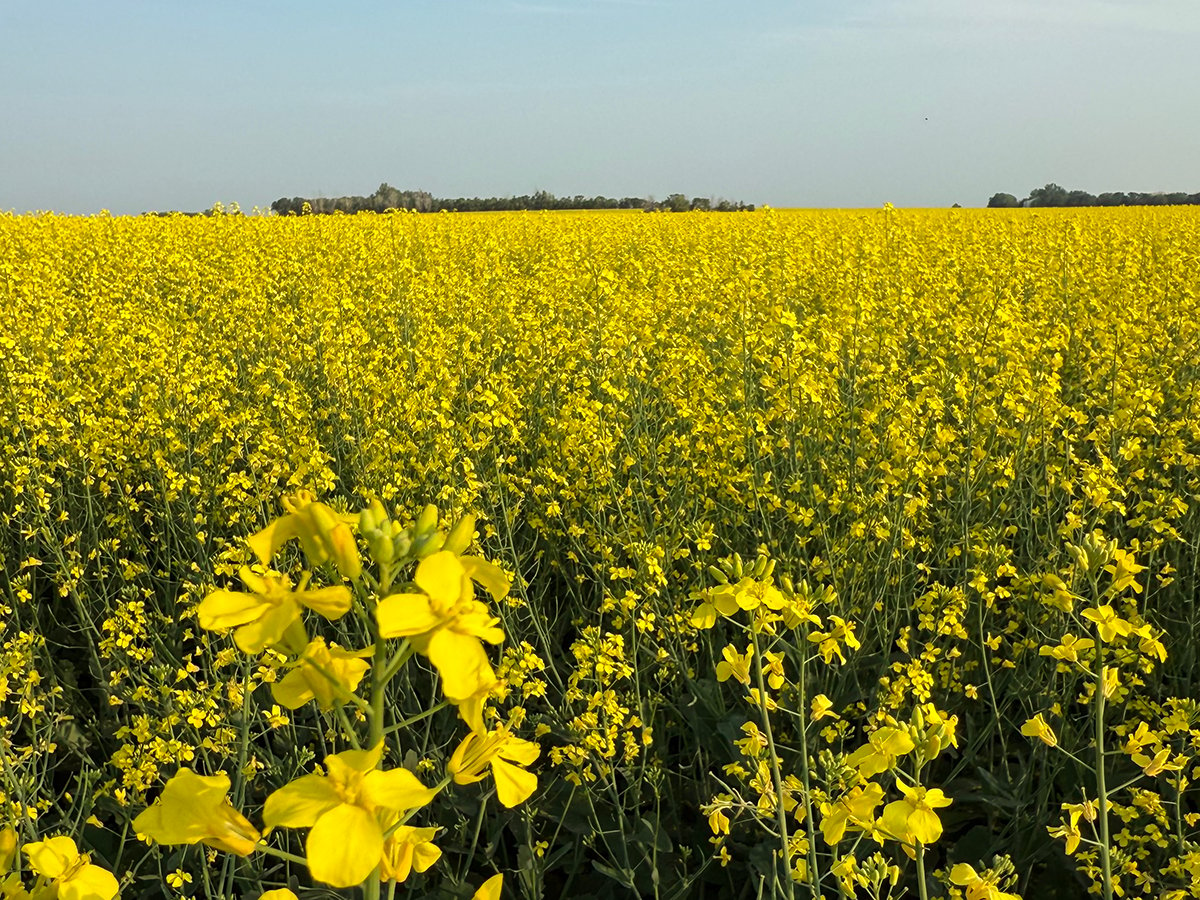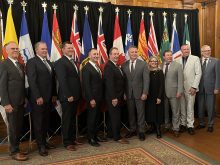Turkey vultures returning to the Prairies this spring could be sporting new colours.
Saskatoon naturalist Stuart Houston and his team of birders attached green tags sporting a number and letter to many of the birds spotted in Saskatchewan in recent years. They have also outfitted a handful with transmitters to track their migration route.
This past winter, a veterinarian who saw a turkey vultures feeding at a Venezuela zoo joined the tagging efforts.
He applied 170 blue and red tags, about the same number tagged in Saskatchewan over four summers.
Read Also

Canola support gets mixed response
A series of canola industry support measures announced by the federal government are being met with mixed reviews.
Ken McDaid, a Leoville, Sask., farmer, has allowed tagging on his land since 2003.
“In the back of every farmer’s mind there’s a bit of a conservationist,” he said, noting most grow up with a deep respect for the natural world.
For the last few years, he has enjoyed watching the same pair of turkey vultures return to his farm to nest in his outbuildings.
Some have already been spotted near Shell Lake.
“It’s just interesting,” he said.
McDaid recommended leaving the turkey vultures alone at nesting time, usually after May 1.
Houston hopes farmers will take pictures of vultures with tags and record identifying numbers, letters and locations.
Houston can be contacted in Saskatoon during the day at 244-0742.
He said the information will be added to a growing body of knowledge about the increased numbers of turkey vultures and their migration routes.
The adults have two metre wingspans and typically nest in dark places such as caves and abandoned farm buildings.
They do not attack live animals such as calves, but clean up carcasses lying about farmland and road sides.
Well suited for scavenging, their “iron clad stomachs” immobilize bacteria.
“They are the perfect scavenger because their stomachs will even neutralize anthrax,” Houston said.
“They are a very efficient mechanism for wiping out bacteria.”














